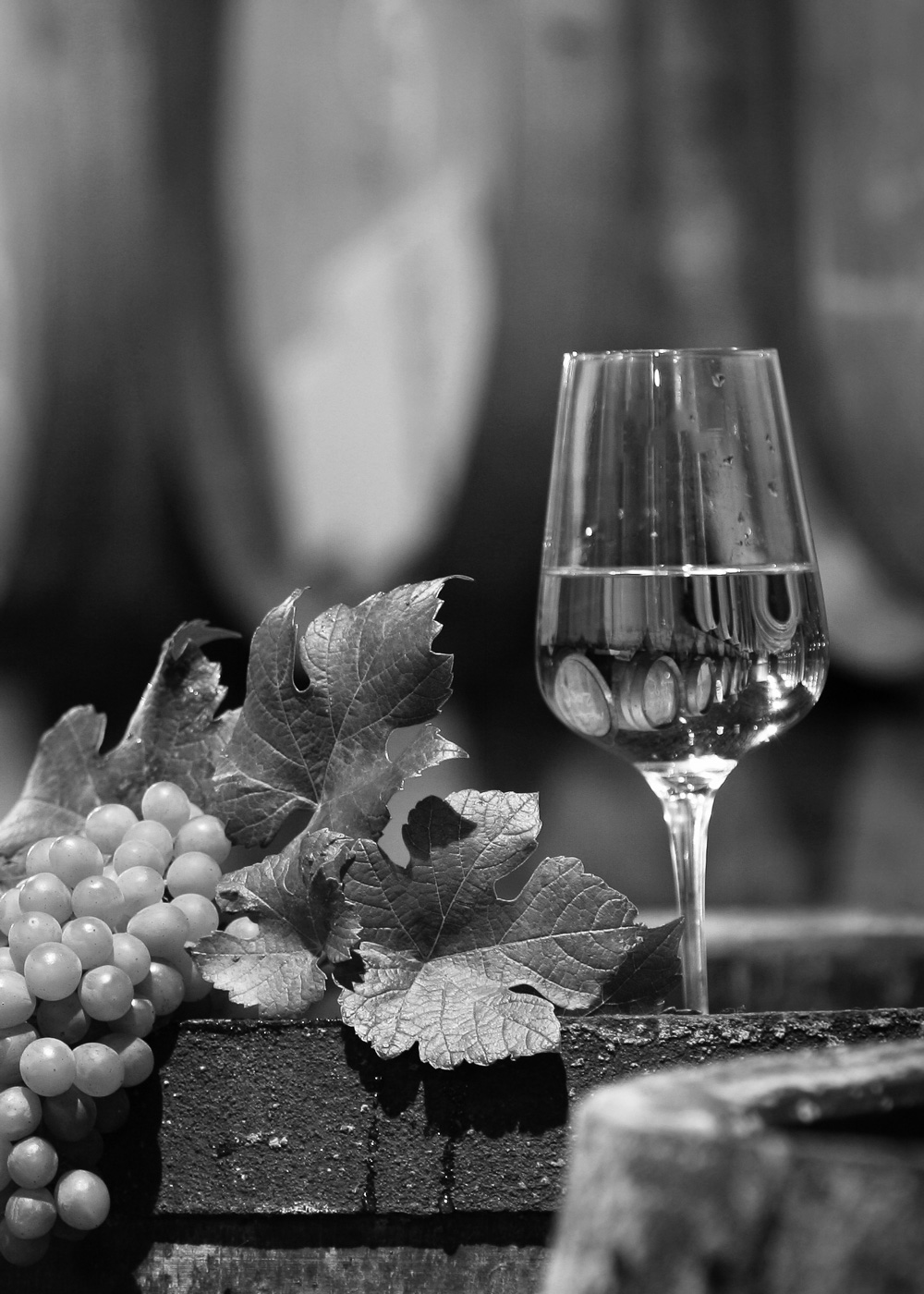We’re all fortunate to live during a time when wine is just a click away, but understanding the historical events that influenced wine culture in the United States can give us further insight and appreciation. This article will examine the effect U.S. prohibition had on wine, and what that means for us today.
The 18th and 21st Amendments to the U.S. Constitution
The temperance movement fought to outlaw alcohol in the U.S. for decades, and became the driving force behind prohibition in the early 20th century. On January 16th, 1919, Congress ratified the 18th Amendment, which prohibited the production, transportation, and sale of “intoxicating beverages” (including wine), although their possession and consumption were still legal. The ban started on January 17th of the following year, and continued until the 21st Amendment took effect on December 15th, 1933 – officially repealing prohibition.

Exemptions from Prohibition
In addition to the 18th Amendment, the National Prohibition Act (Volstead Act) provided the public with information necessary to understand changes to the law. Through this act, certain exceptions were permitted for research, fuel, and industries that required alcohol in their operations, as well as its use in medicine and religious ceremonies. Many wineries were forced to sell or destroy their stock before the prohibition was implemented, and to ensure they followed the law, some vineyards were even uprooted. A handful of California wineries with permits were still allowed to remain open for the production of sacramental wine. Grapes were also available to people that wanted to make wine at home – up to 200 gallons each year per household. Zinfandel and Alicante Bouschet were popular varieties of the time and can account for some old vine vineyards that still exist.
Underground Wine
There were some wineries that secretly continued to produce and sell wine in violation of the law. While not as notorious as the liquor bootleggers of the day, they did work out a system of code words to conduct transactions. As time passed, so grew a lax societal attitude for the law. Speakeasies provided people with a place to consume alcohol outside of their homes.

After the Repeal
Prohibition caused a significant setback to the wine industry in California. Immediately following its repeal, larger wineries ramped up production to flood the market with a glut of wines that valued quantity over quality. In the meantime, individual states were given complete control over their own alcohol laws, with many opting to remain dry until much later – some counties and municipalities are still dry to this day. The 1960s and 70s brought about a wine renaissance that established California producers as serious contenders on the international stage. Today, each state has the ability to regulate the distribution of alcohol, and interstate commerce makes it easier than ever to enjoy great wines around the country. In fact, there are now wineries located in all 50 states.
Now that you know the story behind prohibition, raise a glass to the drink that made it all worthwhile. Here’s to wine!



